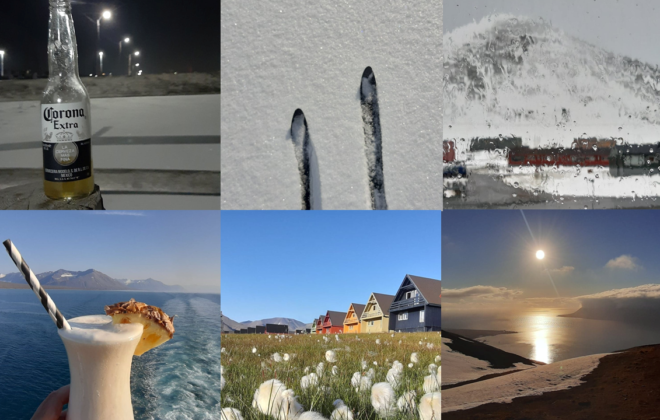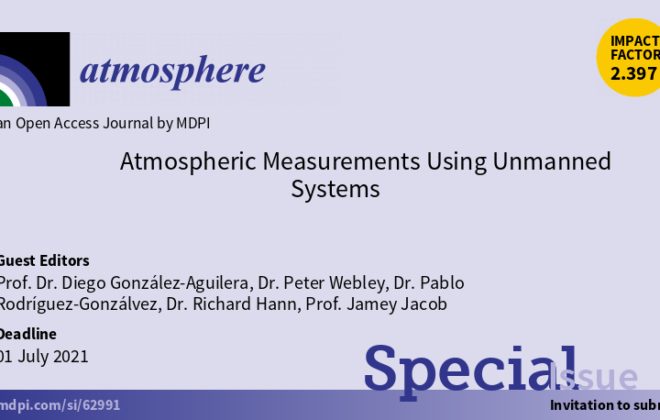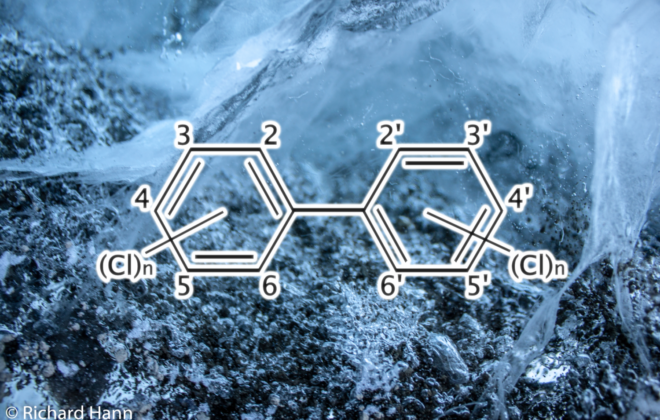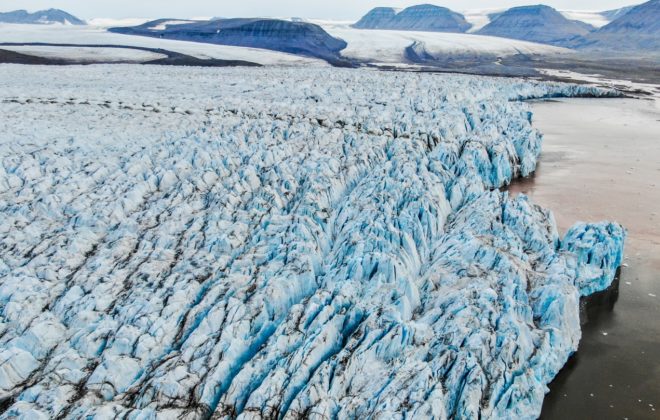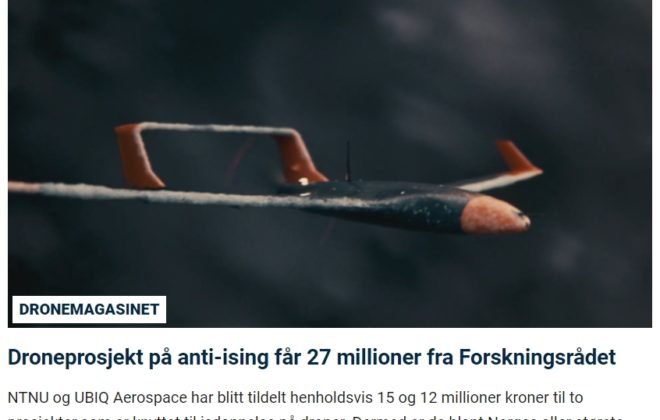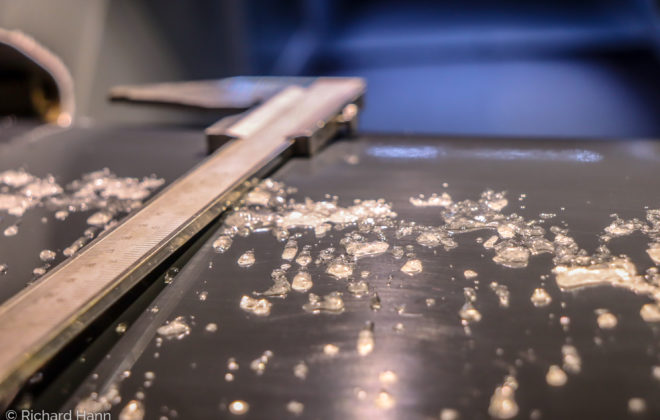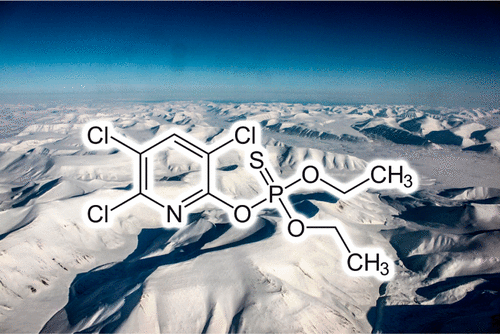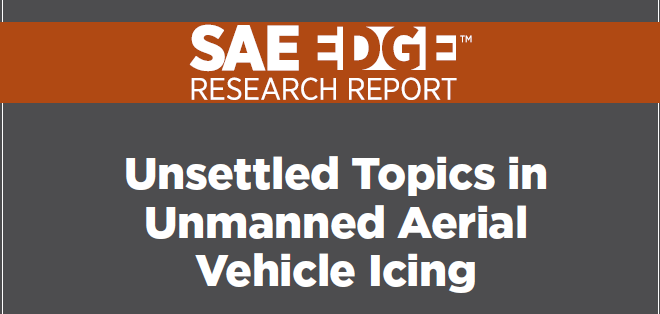Impressions 2020
With the year coming to an end, it is a good opportunity to reflect upon the last 12 months. The year 2020 has certainly been a special year for all of us. For me, it certainly had some very special moments. It was a year…
Special Issue on Atmospheric Measurements with UAVs
I am going to be a guest editor for a special issue of MDPI’s Atmosphere journal on the topic of “Atmospheric Measurements Using Unmanned Systems”. This is my first time being on the “other side” of scientific publishing. I am very grateful for getting this…
Finding industrial pollutants in the Arctic and the Antarctic
I have been contributing to a paper that was recently published, where we investigated industrial pollutants found in locations in the Arctic and the Antartic. We analysed ice and firn cores from glaciers and ice sheets for polychlorinated biphenyls (PCBs) from two sites – one…
Mapping glaciers with drones in Svalbard – this is how we actually do it
Researchers at UNIS conduct fieldwork on Svalbard glaciers using drone technologies. The goal is to improve our understanding of how climate change accelerates the melting of glaciers. I wrote an article explaining how the drone fieldwork is conducted. A typical summer fieldwork day starts in…
Featured Article
Last week, I got called up by a journalist who wanted to interview me, after he read my blog post about the research grants we have been awarded. I was caught a bit off-guard but I am quite pleased how the interview turned out. The…
My research got funded with over 2 Million Euros
Two research projects on UAV icing, which I am part of, were recently funded by the Research Council of Norway with a total volume of 27 Million NOK (2.4 Million EUR). I am incredibly happy to see that the council recognized the importance of my…
Finding Industrial Pollutants on Svalbard Glaciers
In a recent article that I worked on, we studied winter snow samples from four glaciers on Svalbard. We analyzed the snow for organochlorine pesticides (OCPs) and found seven industrial compounds. These pesticides are categorized as persistent organic pollutants – this means that they degrade…
UAV Specification Database
How big is a typical UAV? How fast does it fly? How heavy is it? Such questions can be very important for many different research and engineering questions. Together with my master student, we have developed a small database that answers these questions for 93…
Featured Article
A few weeks back, I was asked to give an interview about my work on Svalbard. I was thinking we would be talking about my research on glaciers with drones, but instead ended up talking about life on Svalbard in general. So it wasn’t the…
SAE Edge: Unsettled Topics in UAV Icing
Atmospheric in-flight icing is a dangerous weather hazard that occurs when aircraft encounter supercooled liquid water in clouds or precipitation. In particular, icing is a major limitation for unmanned aerial vehicles (UAVs) and there are many questions yet to be answered in the field. Earlier…
